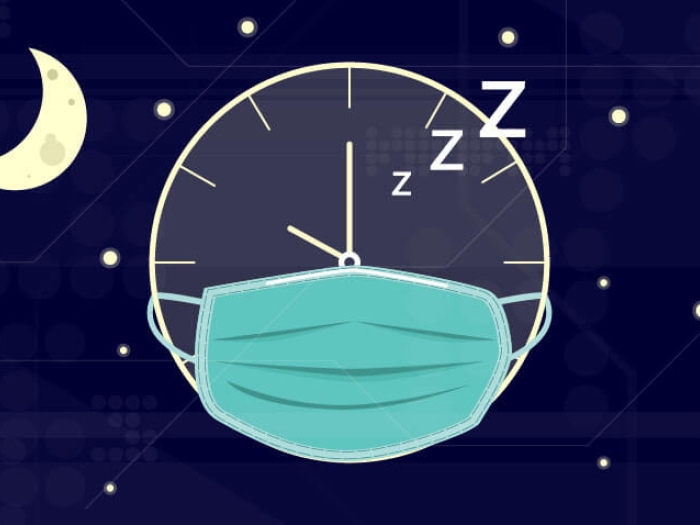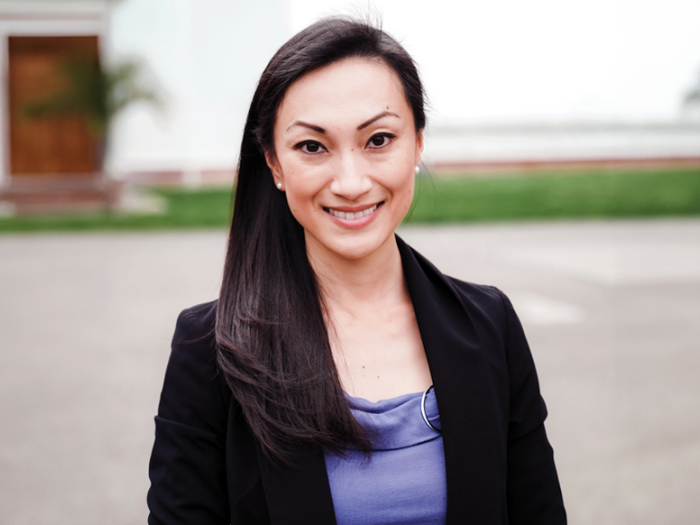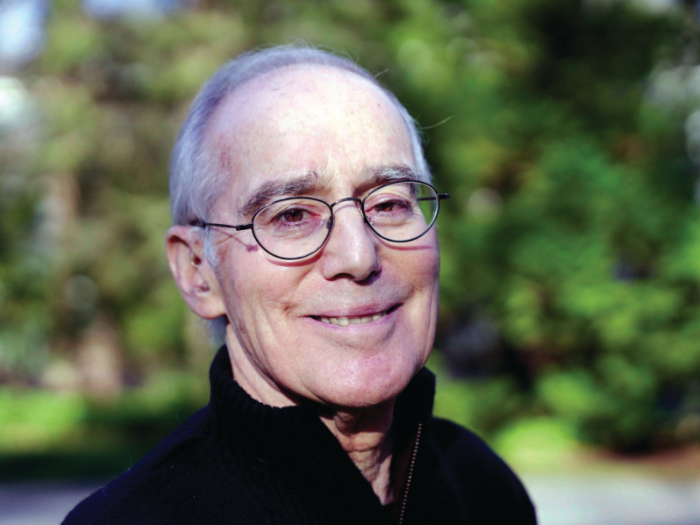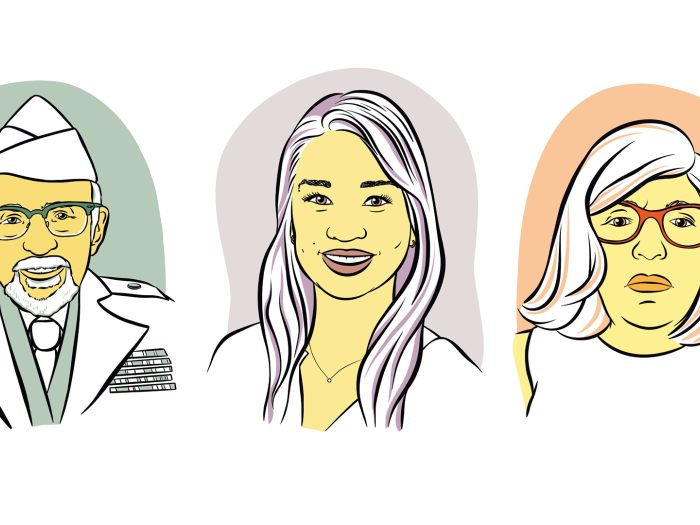After the unexpected death of her father, an alumna devoted herself to caring for diverse populations — and discovered troubling trends in how minority health care data are categorized.
Author |
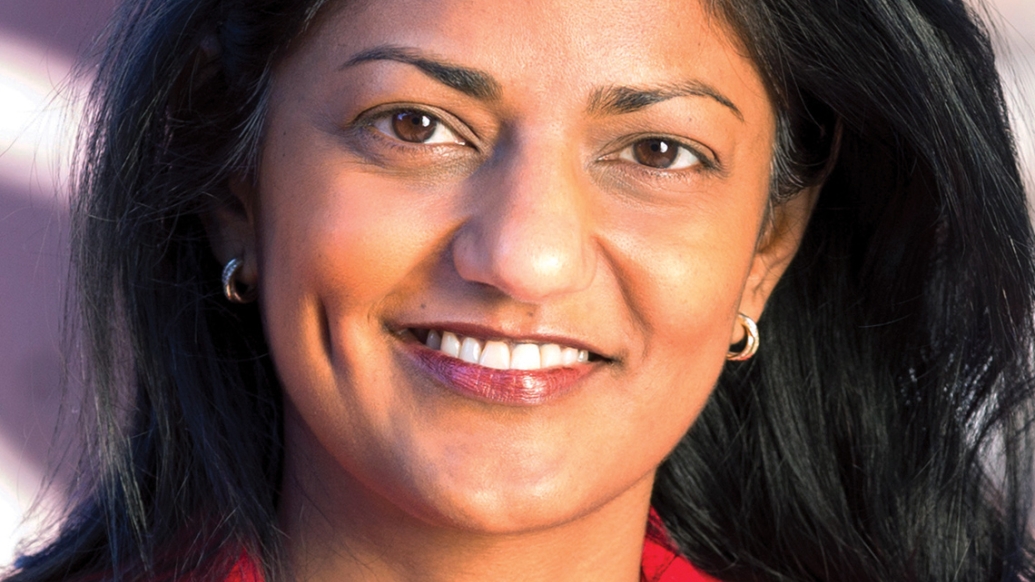
It was tragedy that compelled Latha Palaniappan (M.D. 1996) to study medicine. At 13, she lost her father, S. Paul Palaniappan, to a heart attack; he was just 39. Palaniappan, now a professor of medicine at the Stanford University School of Medicine, wanted to understand what had happened, how it had happened, and if anything could have been done. What she discovered changed how medical data are analyzed and interpreted in the U.S.
Palaniappan enrolled at U-M in the Integrated Premedical-Medical (Inteflex) program and completed her undergraduate and medical degrees in seven years. The program gave her the opportunity to conduct research pertaining to minority health early in her education, and she set out to test whether apolipoprotein B, a protein that is associated with high cholesterol, was higher in South Asians compared to other groups. After studying 280 participants, she found no discernable differences.
"But, as often happens in research," Palaniappan says, "the analysis of that data raised additional questions and inspired other studies."
She began to notice a different trend: racial and ethnic minorities, especially South Asians, tended to have higher levels of insulin despite lower body weights. She wanted to investigate further but came upon an unexpected obstacle: aggregated health data.
"All of the Asian health data in the U.S. — which includes Asian Indian, Chinese, Korean, Filipino, Vietnamese, and Japanese populations — were aggregated together," she says. "These are very different racial/ethnic subgroups. If you aggregate them, it looks like cancer is the leading cause of death, but that may mask other important differences in specific subgroups."
It was a problem with far-reaching consequences. Before 2003, U.S. death records didn't specify between Asian subgroups. And, Palaniappan says, prior to disaggregation, these differences were difficult to spot.
In a National Institutes of Health-funded study, Palaniappan discovered that, after separating subgroups in mortality data, Chinese and Korean populations in the U.S. have a lower rates of heart disease, but, conversely, a higher rate of cancer. In contrast, Asian Indians and Filipinos have higher rates of heart disease and lower rates of cancer.
Digitization is helping, however. "The electronic health record is the important first place to start to make sure that you collect and use race/ethnicity information," says Palaniappan. "We have opportunities to leverage this information in real time, with physician decision support tools."
In October 2018, Palaniappan and colleagues opened the Stanford Center for Asian Health Research and Education (CARE), championing cardiovascular health, cancer studies, and healthy aging with precision health made possible by studying diverse populations. This summer, they are hosting an internship program, and have launched a course at the Stanford School of Medicine on Asian health.
Given her research, she now has a clinical program to apply precision health with pharmacogenomics. Palaniappan emphasizes that we cannot use a one-size-fits-all approach. "It's very important to know how to dose the right drug at the right time for the right person."
What began as a way to better understand her father's cause of death ended up bringing clarity and advancement to a field fraught with misunderstandings and unknowns. Throughout it all, Palaniappan has remained committed to a singular goal: "to prevent the tragedy of early death as my family experienced with my dad."
